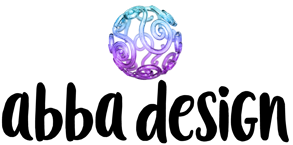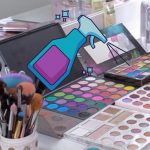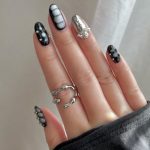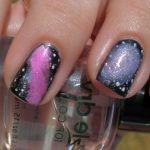In the journey towards achieving our aspirations and ambitions, we often focus on skill development, networking, and strategic planning. However, one integral yet frequently underestimated element that significantly influences our path to success is our choice of clothing. The saying “dress for success” holds profound wisdom; our clothing choices go beyond mere aesthetics, becoming powerful tools for communication, self-expression, and confidence. By understanding the psychology behind clothing, adapting your wardrobe to specific situations, and embracing the transformative impact of clothing on your mindset, you can harness the true potential of “dressing for success” to propel yourself towards your desired achievements.
Dressing for Professional Success
In the dynamic realm of professional life, where impressions matter and opportunities are seized in an instant, your choice of attire becomes a vital aspect of your journey toward success.
Navigating workplace dress codes and industry norms:
Understanding and adhering to workplace dress codes and industry standards is the first step towards projecting a polished image. Whether it’s business formal, business casual, or a more creative field, dressing appropriately showcases your respect for the environment and demonstrates your commitment to fitting in seamlessly.
Impact of attire on first impressions and credibility:
The way you dress has a remarkable impact on the initial impressions you make. Studies have consistently shown that well-dressed individuals are perceived as more competent and authoritative. A tailored suit or a thoughtfully coordinated outfit can create an aura of professionalism, instilling confidence in your colleagues, clients, and superiors.
Strategies for aligning clothing choices with career advancement goals:
Strategically aligning your clothing choices with your career goals can give you a competitive edge. Research your industry’s leaders and influencers to gain insights into their dress preferences. Invest in versatile, high-quality pieces that exude sophistication and adaptability, allowing you to seamlessly transition from meetings to networking events. Remember that your clothing should not only reflect your role but also your aspirations.

Dressing for Self-Confidence and Empowerment
The link between clothing and our inner sense of self-confidence and empowerment is an undeniable force that can shape our outlook and achievements in remarkable ways.
Using clothing as a tool for self-assurance and empowerment:
Your clothing choices have the power to influence how you feel about yourself. By deliberately selecting attire that resonates with your personality and goals, you can boost your self-assurance. Each outfit can become a visual affirmation of your capabilities, a testament to your uniqueness, and a way to embody your aspirations.
Transformative effects of “power dressing” on mindset and attitude:
The concept of “power dressing” goes beyond style; it’s a mindset amplifier. Donning an outfit that aligns with your goals can trigger a mental shift, enabling you to approach challenges with a stronger, more determined attitude. This phenomenon is often linked to psychological processes that enhance self-esteem and resilience.
Choosing attire that reflects personal values and strengths:
When your clothing aligns with your core values and strengths, you not only feel authentic but also project a sense of purpose and integrity. Dressing in a way that highlights your uniqueness can create a ripple effect in your interactions, showcasing your strengths and encouraging others to see you in the same light.

Dressing for Goal-Specific Situations
In the pursuit of our goals, tailoring our attire to suit specific situations can be a strategic move that propels us closer to success.
Adapting clothing to align with specific goals:
Different situations demand different attire. Job interviews, presentations, and networking events each require a unique approach. Adapting your clothing to match the context showcases your understanding of the situation and your commitment to making a lasting impression.
Utilizing color psychology and fashion symbolism:
Colors carry psychological associations that can influence perceptions and emotions. For instance, wearing blue conveys trustworthiness, while red exudes confidence. By employing color psychology, you can subtly influence how others perceive you in line with your desired outcome. Moreover, leveraging fashion symbolism, like wearing a power tie, can reinforce your intentions.
Case studies of individuals who aligned clothing with goals:
Real-life examples demonstrate the tangible impact of dressing with specific goals in mind. Profiles of individuals who successfully matched their clothing choices to their objectives showcase how these strategies are put into action. Learning from their experiences can offer insights into tailoring your approach to meet your unique aspirations.









































